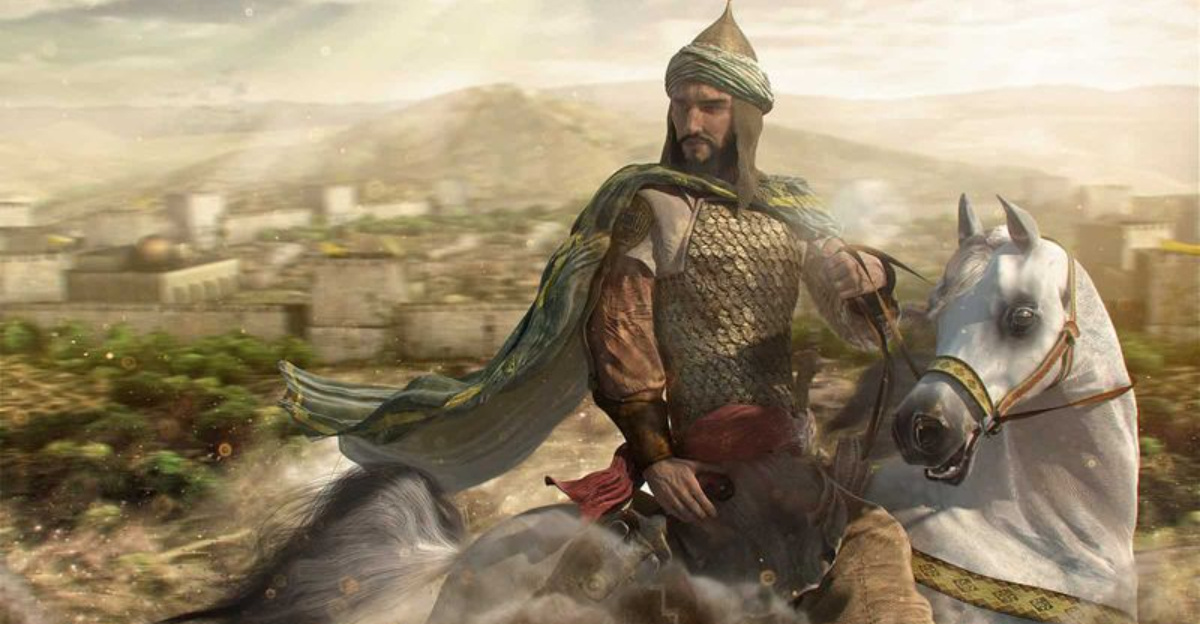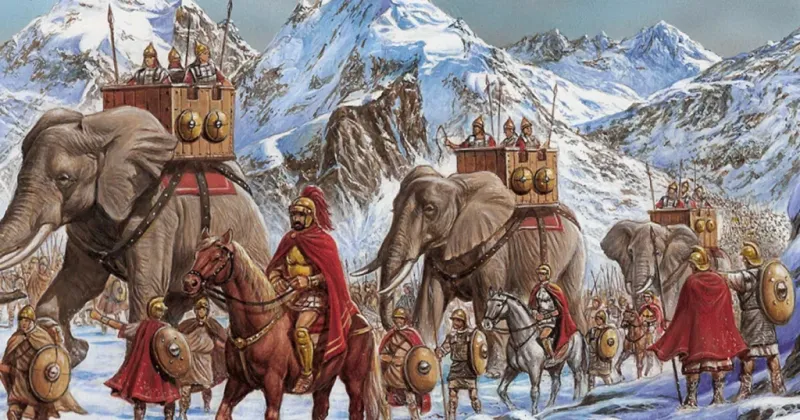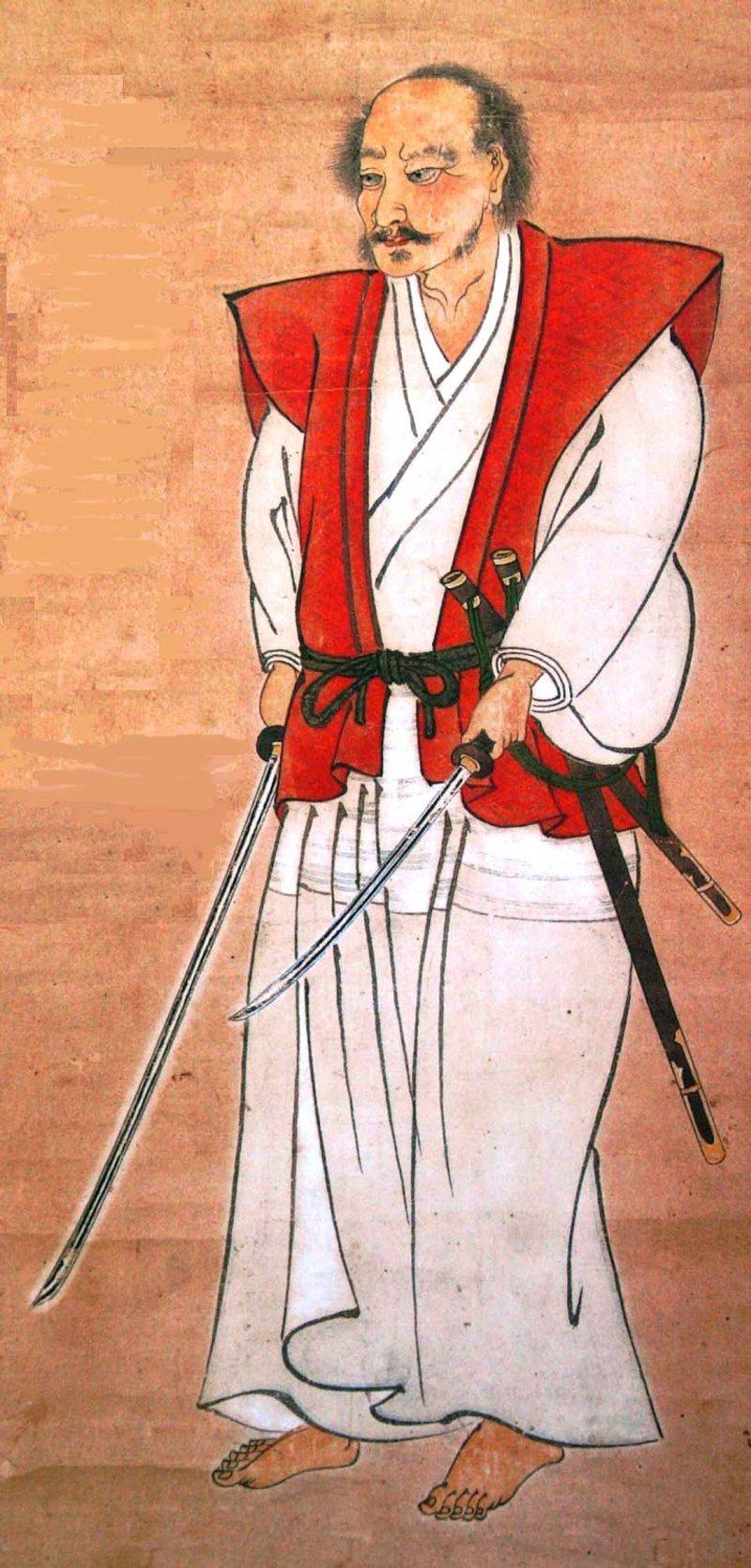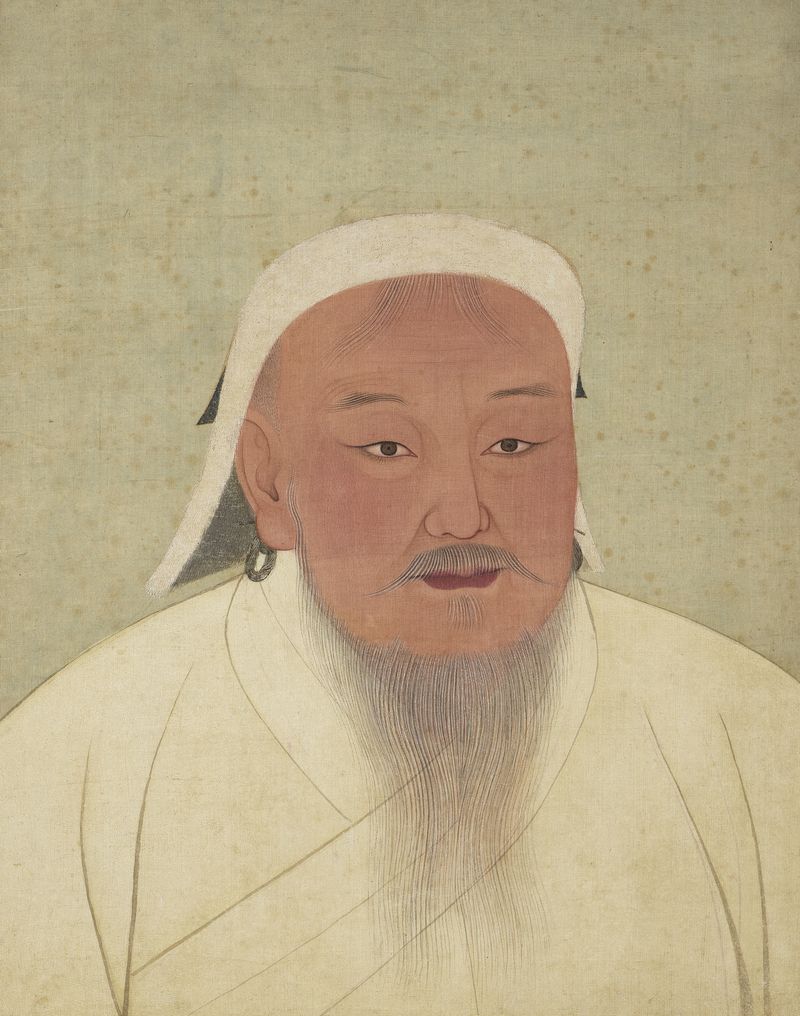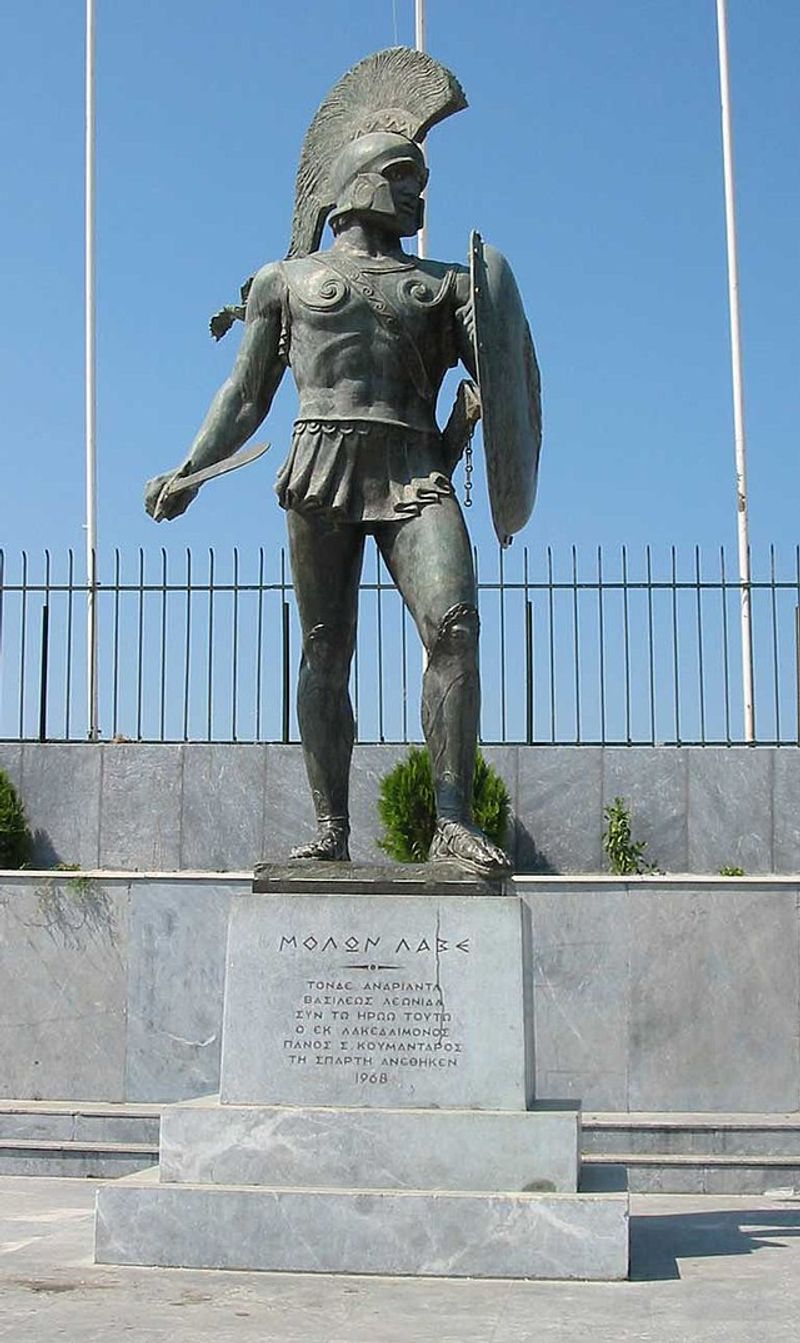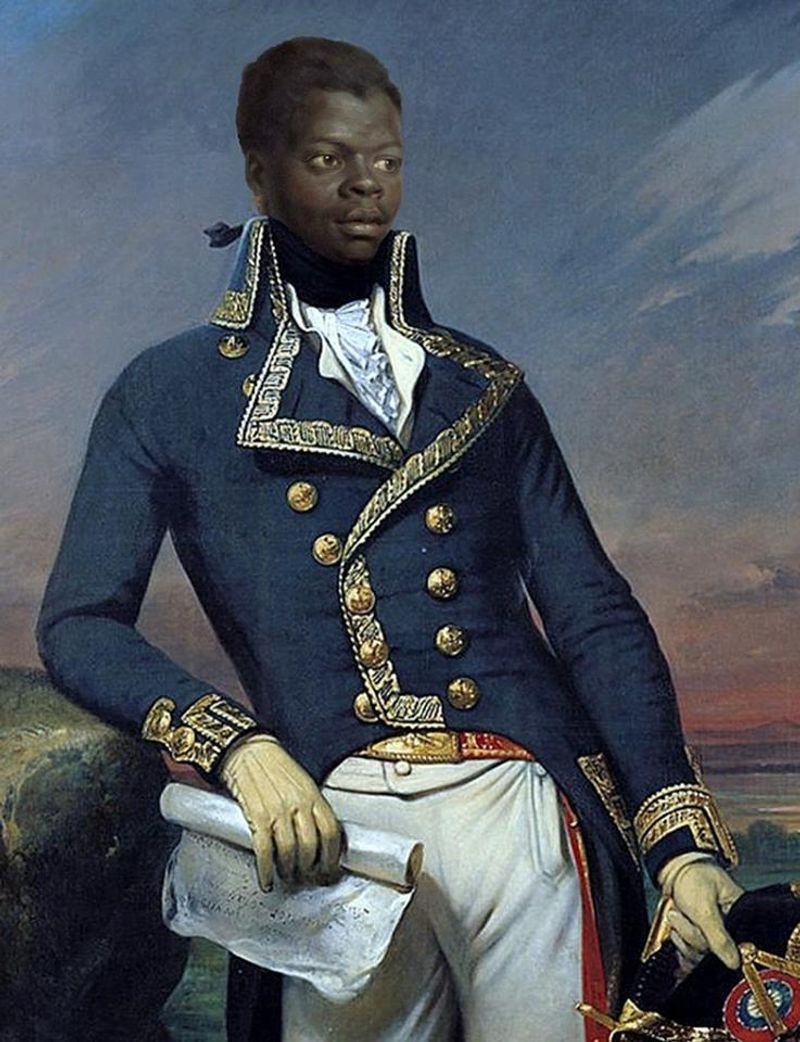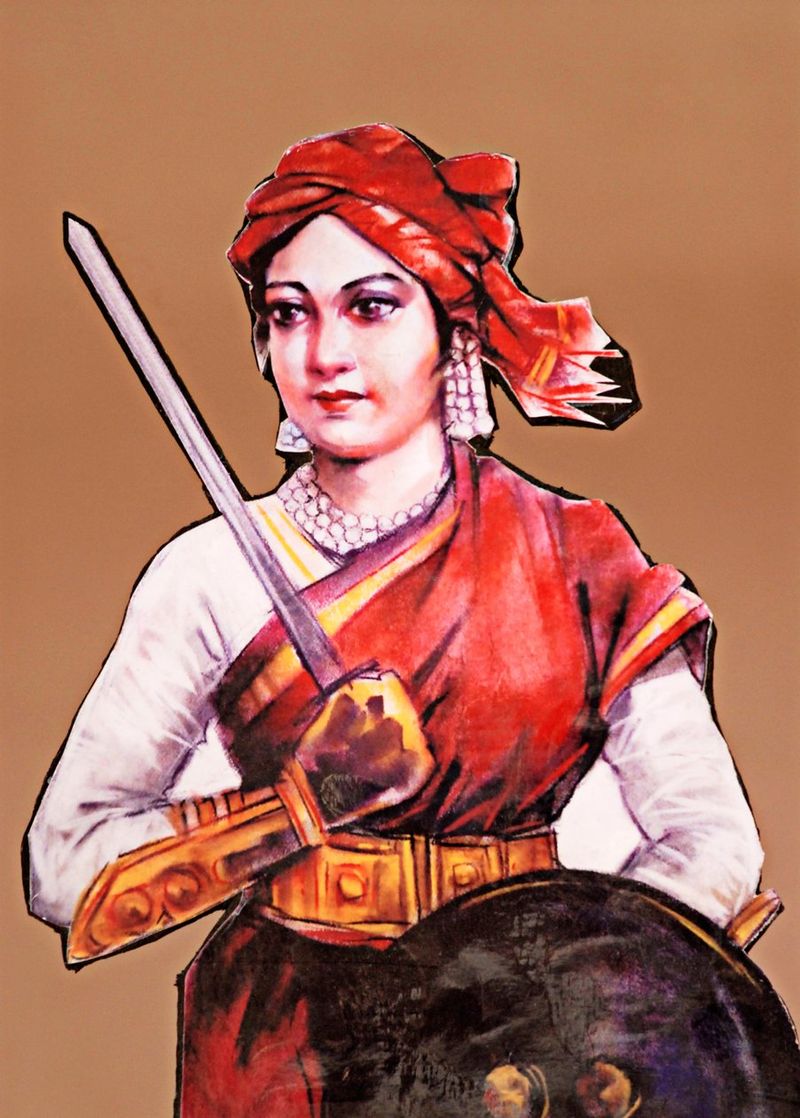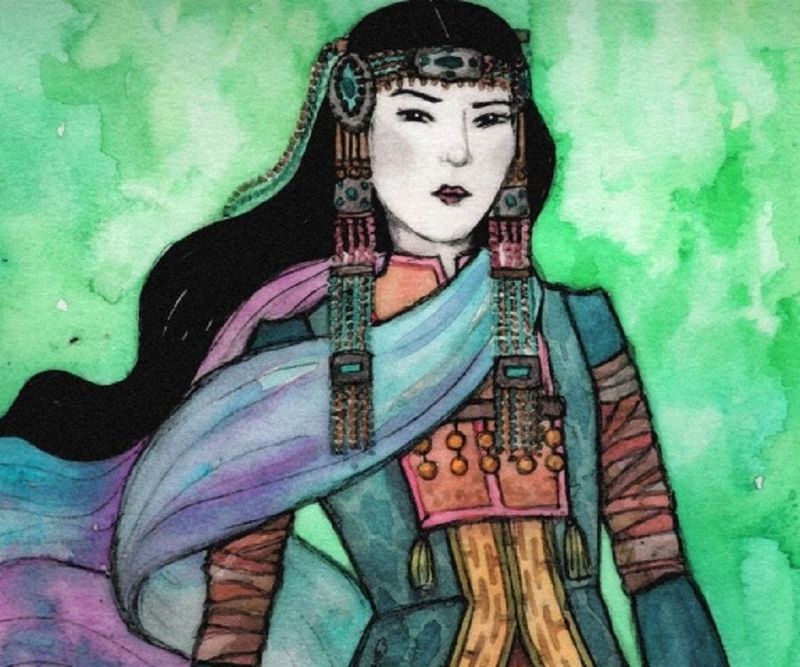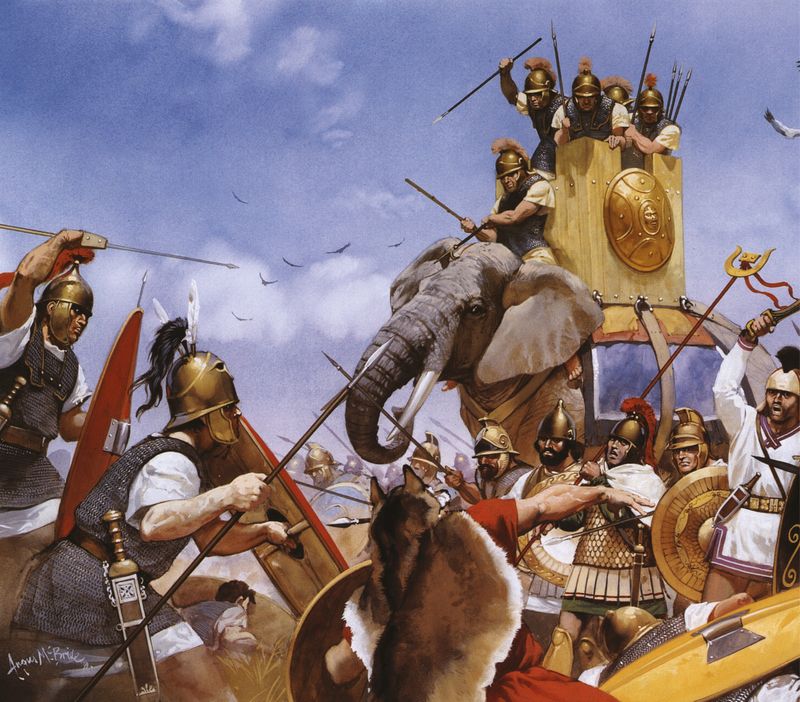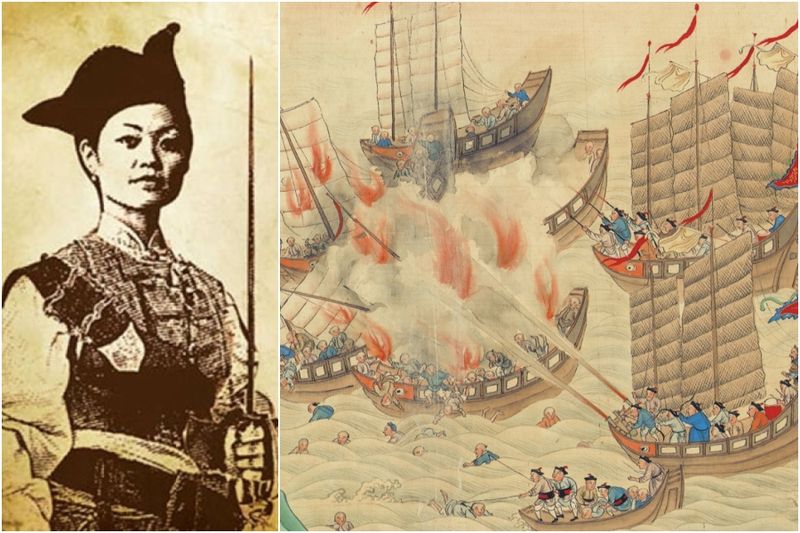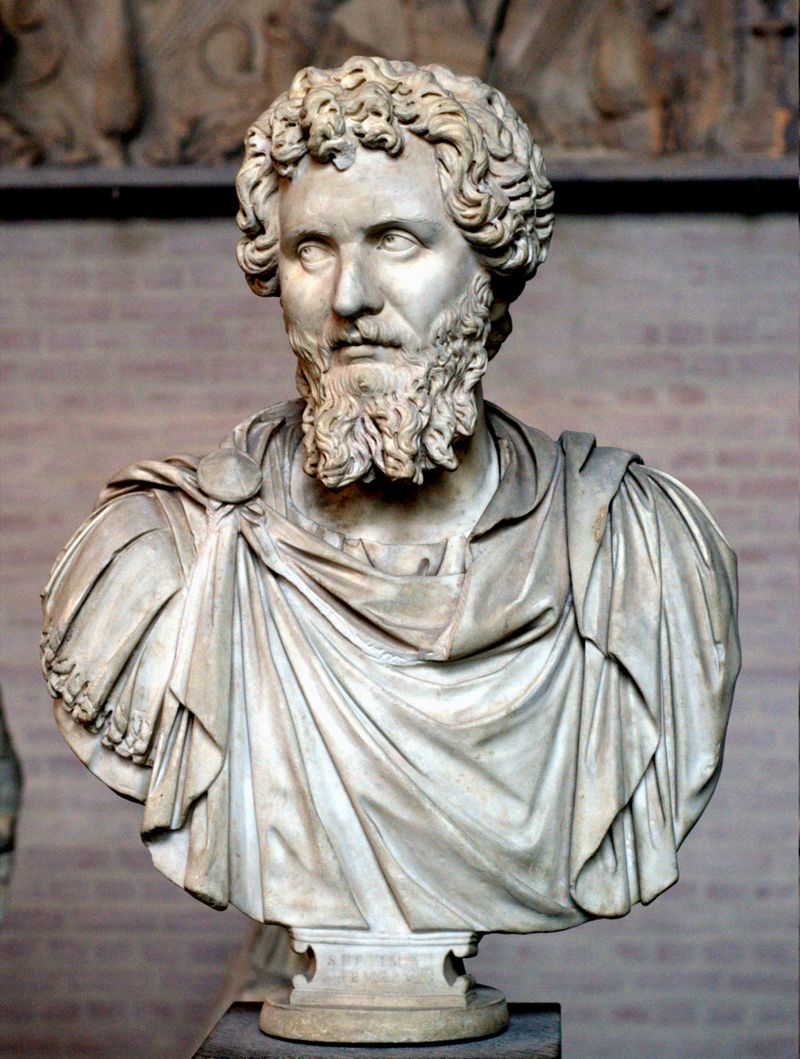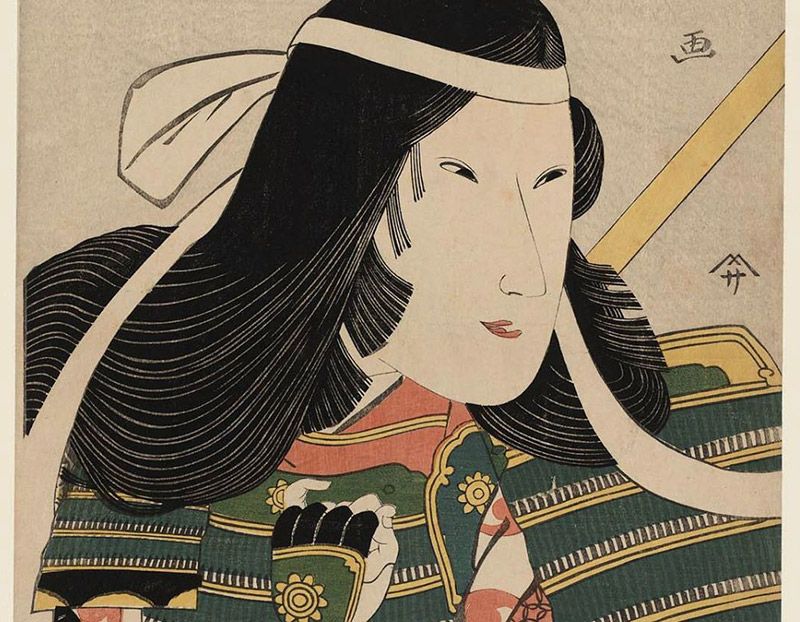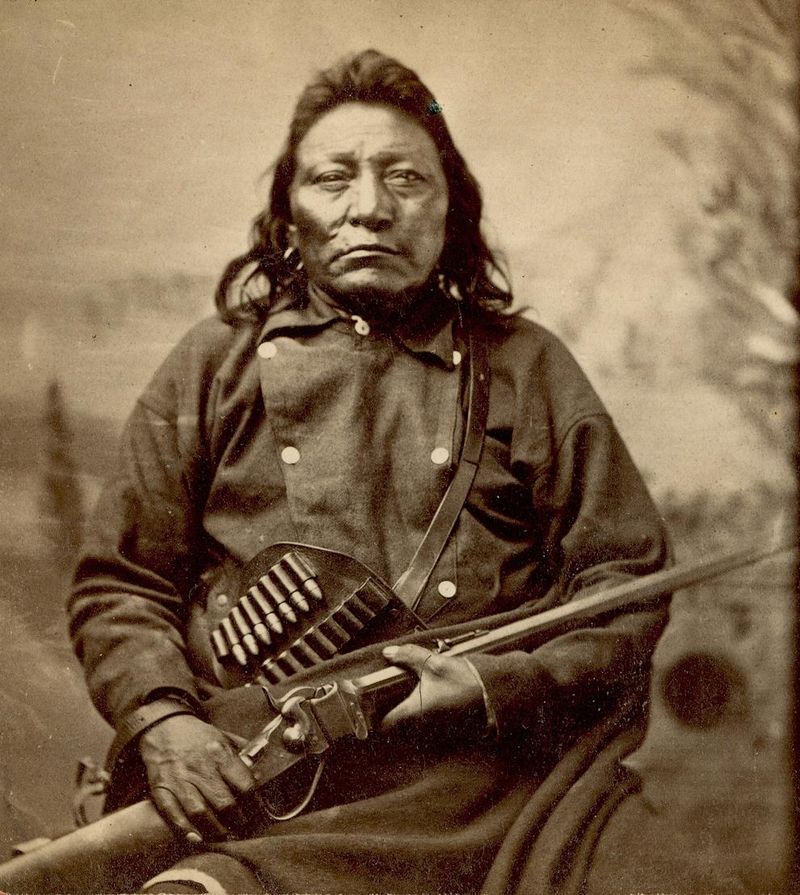Throughout history, certain figures have transcended mere legend, leaving an indelible mark on the world. These 17 historical figures were true legends of their time, displaying courage, ingenuity, and strength that went far beyond the silver screen portrayals we’re familiar with today.
1. Hannibal Barca (247–183 BCE)
Hannibal Barca was a Carthaginian general known for his audacious military tactics. At the heart of his legend lies the daring crossing of the Alps with a formidable army and war elephants—an act that stunned Rome.
His strategic brilliance shone at the Battle of Cannae, where he executed one of history’s most famous tactical maneuvers, encircling and decimating a much larger Roman force.
His exploits made him a hero in Carthage and a nightmare for Rome. Did you know? Despite his successes, Hannibal eventually lost the war but left a legacy of military genius.
2. Boudicca (1st Century CE)
Boudicca, the warrior queen of the Iceni tribe, became a symbol of resistance and defiance. Her rebellion was spurred by the Roman mistreatment of her people and personal injustices.
Boudicca led a massive uprising against Roman rule, managing to sack Londinium and other settlements.
Though ultimately defeated, her legacy endures as a powerful icon of independence and courage. A fun fact: Her legacy influenced later British leaders, including Queen Victoria, who admired her tenacity and strength. Boudicca remains a timeless symbol of the fight against oppression.
3. Miyamoto Musashi (1584–1645)
Miyamoto Musashi is hailed as Japan’s greatest swordsman, undefeated in over 60 duels. His unique style and strategy made him a formidable opponent.
Musashi’s most iconic moment came when he defeated a rival using only a wooden oar, showcasing his unparalleled skill and adaptability.
He later authored ‘The Book of Five Rings,’ sharing his philosophies on life and martial arts. A curious detail: His childhood was marked by loneliness, and his dueling career began at just 13 years old. Musashi’s life and teachings continue to inspire martial artists worldwide.
4. Joan of Arc (1412–1431)
Joan of Arc, a young peasant girl, rose to prominence as a military leader with divine visions guiding her. She led the French army against the English during the Hundred Years’ War, turning the tide in France’s favor.
Her capture and trial led to a tragic end, as she was burned at the stake at 19.
Canonized as a saint, Joan’s legacy as a symbol of faith and courage remains. A poignant fact: Her trial was later deemed unjust, and she was exonerated posthumously. Joan’s life continues to inspire as a testament to conviction.
5. Genghis Khan (1162–1227)
Genghis Khan, born Temüjin, forged the largest contiguous empire in history through unmatched military tactics and diplomacy. His leadership united the Mongol tribes, creating a force that reshaped the world.
Genghis Khan’s strategies involved psychological warfare, adaptability, and meritocratic principles.
Despite his ruthless reputation, he promoted trade, communication, and cultural exchanges. An interesting tidbit: His real grave remains undiscovered, shrouded in mystery. Genghis Khan’s influence extends beyond conquests, leaving a complex legacy of both destruction and cultural integration.
6. Leonidas I (540–480 BCE)
Leonidas I, Spartan king, is celebrated for his leadership at the Battle of Thermopylae, where he and 300 Spartans faced a vast Persian army. His defiance in the face of overwhelming odds became legendary.
His famous retort “Come and take them!” when asked to surrender his weapons, exemplified Spartan bravery.
Leonidas’ stand, though ultimately a defeat, served as a rallying point for Greek unity. Did you know? His sacrifice is commemorated with a memorial inscribed with words honoring the fallen 300. Leonidas’ legacy endures as a paragon of courage and sacrifice.
7. Toussaint Louverture (1743–1803)
Toussaint Louverture emerged as a leader in the Haitian Revolution, guiding enslaved people to freedom. His strategic genius turned the tides against colonial powers.
Louverture’s efforts led to the abolition of slavery in Haiti, a monumental achievement in history.
Though captured by the French, his legacy endured, paving the way for Haiti’s independence. A compelling detail: Louverture was initially a plantation overseer before he joined the revolution. Known as the “Black Napoleon,” his influence continues to resonate in the fight against oppression.
8. Rani Lakshmibai (1828–1858)
Rani Lakshmibai, the Warrior Queen of Jhansi, became a symbol of resistance during India’s 1857 Rebellion against British rule. Her bravery and leadership on the battlefield inspired many.
She famously fought with her child tied to her back, embodying determination against overwhelming odds.
Lakshmibai’s defiant stance and ultimate sacrifice made her a national hero. Did you know? Her story has been immortalized in numerous songs and literary works. Rani Lakshmibai’s legacy remains a powerful testament to the strength and courage of women in history.
9. Simo Häyhä (1905–2002)
Simo Häyhä, known as the “White Death,” is celebrated as the deadliest sniper in history. During Finland’s Winter War against the Soviet Union, he achieved over 500 confirmed kills.
His skill in stealth and marksmanship made him a formidable force.
Despite being severely injured by an explosive bullet to the face, Häyhä recovered and lived till 96. A notable fact: He used iron sights instead of scopes to avoid glare and fogging. Häyhä’s legacy is one of resilience and precision, setting unmatched records in military history.
10. Khutulun (1260–1306)
Khutulun, a Mongol warrior princess, stood out with her remarkable strength and independence. She famously challenged any suitor to defeat her in wrestling, collecting over 10,000 horses from her victories.
Fighting alongside her father, Kaidu, she played a key role in battles against Kublai Khan.
Khutulun’s story challenges traditional gender roles of her time. Did you know? Her life inspired the character of Turandot in Western opera. Khutulun’s legacy remains as a symbol of female empowerment and martial prowess.
11. Yi Sun-sin (1545–1598)
Yi Sun-sin, a Korean admiral, is revered for his naval genius, remaining undefeated in 23 battles against Japanese forces. His leadership turned the tides in Korea’s favor during the Imjin War.
Yi’s creation, the “Turtle Ship,” was the world’s first ironclad warship, showcasing his innovative spirit.
Despite political betrayals, his resilience and tactical brilliance shone through. A fascinating tidbit: He was posthumously awarded the title “Duke of Loyalty and Warfare.” Yi Sun-sin’s legacy is celebrated in Korea and beyond as a maritime hero of unparalleled skill.
12. Scipio Africanus (236–183 BCE)
Scipio Africanus, a prominent Roman general, is best known for defeating Hannibal at the Battle of Zama. His strategic acumen and bold decision to invade Africa forced Hannibal’s return from Italy.
This victory marked the end of the Second Punic War, securing Rome’s dominance.
Scipio’s legacy as a military tactician remains influential. Did you know? He earned the cognomen ‘Africanus’ as a tribute to his victories in Africa. Scipio’s contributions to Roman warfare and politics are remembered as pivotal in Rome’s history.
13. Ching Shih (1775–1844)
Ching Shih rose from obscurity to become one of history’s most successful pirates, commanding a fleet of over 1,800 ships. Her leadership and strict code of conduct kept her crew disciplined and loyal.
She negotiated a favorable retirement, allowing her to keep her loot and live in peace.
A unique aspect: Ching Shih’s ability to maintain her fleet’s dominance despite being a woman in a male-dominated world. Her legacy endures as a master tactician and leader, challenging traditional norms and inspiring tales of piracy.
14. Saladin (1137–1193)
Saladin, the noble leader of the Muslim world, is celebrated for recapturing Jerusalem during the Crusades. His chivalry and respect for opponents earned him admiration, even among enemies.
Saladin’s leadership united Muslim factions, paving the way for a formidable defense against Crusader states.
A notable fact: He offered medical care to defeated enemies, showcasing his compassion. Saladin’s legacy as a warrior and statesman continues to be honored, symbolizing unity and justice in the face of adversity.
15. Septimius Severus (145–211 CE)
Septimius Severus, Rome’s first African emperor, is recognized for his military prowess and expansive vision. His reign saw the consolidation of Roman power and the quelling of multiple uprisings.
Severus’ leadership style emphasized loyalty, often enriching soldiers to secure their support.
Famous for his last words: “Be harmonious, enrich the soldiers, and despise all other men,” reflecting his pragmatic approach. A compelling insight: Severus’ African heritage was a notable aspect of his rule, challenging norms in Roman society. His legacy as a formidable ruler endures in Roman history.
16. Tomoe Gozen (1157–1247?)
Tomoe Gozen is a celebrated figure in Japanese history, known for her skill and bravery as a female samurai. Her participation in the Genpei War set her apart in a male-dominated era.
Tomoe was renowned for her prowess in battle, reputedly decapitating opponents effortlessly.
Her mythic status is cemented in literature and art. An intriguing fact: Tomoe’s life remains partly mysterious, with speculation around her fate. She symbolizes the formidable strength of women warriors and remains an enduring icon of Japanese culture and history.
17. Crazy Horse (1840–1877)
Crazy Horse, a revered Lakota warrior, led his people to victory at the Battle of Little Bighorn, famously known as Custer’s Last Stand. His strategic insight and leadership were crucial in this historic battle.
Crazy Horse’s dedication to preserving his people’s way of life made him a legendary figure.
Notably, he was never photographed, adding to his enigmatic legacy. His final surrender was marked by defiance, refusing to assimilate. Crazy Horse’s story is one of resilience and cultural pride, inspiring generations in the struggle for indigenous rights.
